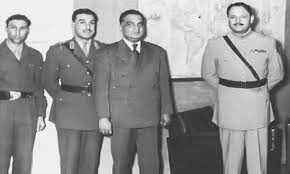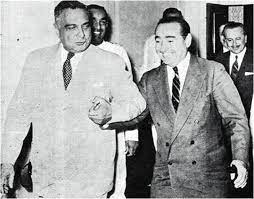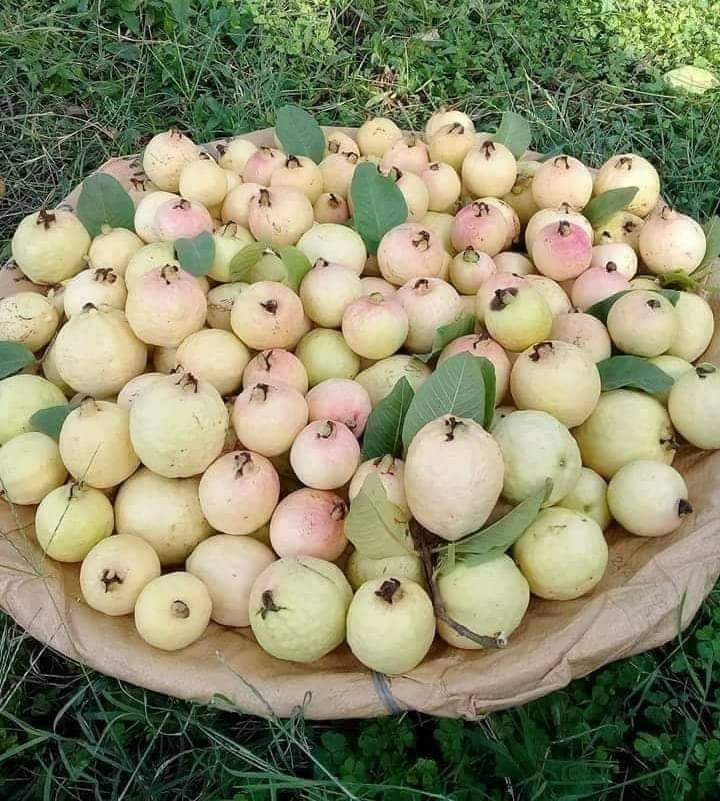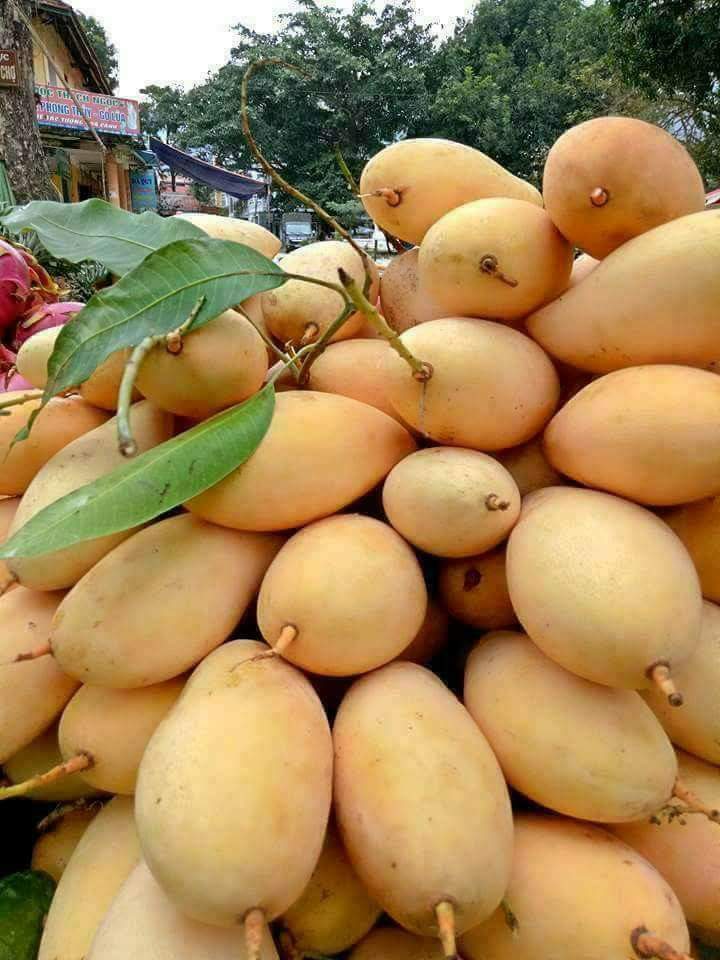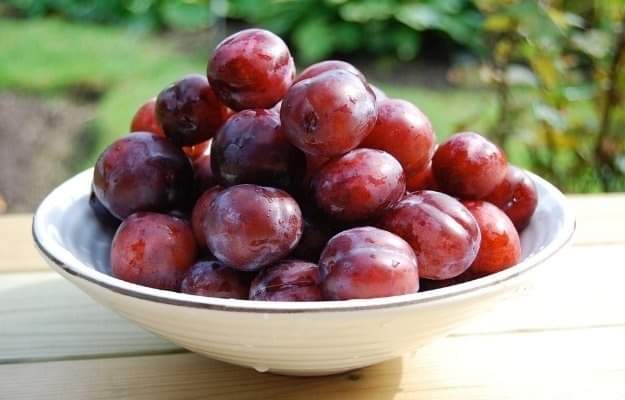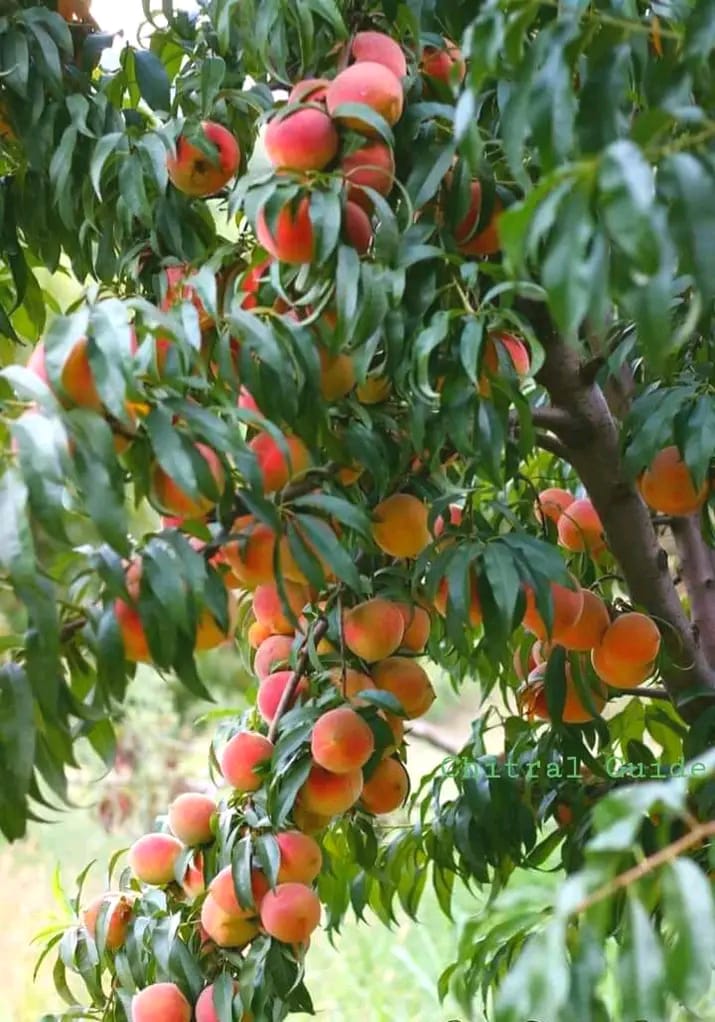M-19 Teamwork: Escobar’s Tragic Catalyst in Colombian History
When Pablo finally got back to Colombia at the end of 1984, he was set on making his fight with the government worse. He then got in touch with the 19th of April Movement, or M-19. M-19 is a Colombian guerrilla group that formed in the 1970s and is now the second largest paramilitary group in Colombia, after the FARC. With Pablo’s support and encouragement, as well as money and help with logistics, M-19 started getting ready to attack the Colombian government directly in response to the US extradition treaty going into effect. The group saw this as a clear violation of Colombia’s national sovereignty. So, on November 6, 1985, about thirty M-19 guerrilla fighters broke into the Palace of Justice in Bogota, which was the home of the Colombian Supreme Court. They held over 300 people hostage, including most of the judges on the Supreme Court. Following this, calls were made for ending the extradition treaty and for President Betancur to step down and be charged. At the same time, the Colombian army had surrounded the Palace and was getting ready to storm it if they had to. Pablo had started a full-on military conflict in the middle of the capital of Colombia. No matter what, the M-19 fighters’ demands at the Palace of Justice could not be met. But in the morning of November 7, the day after the attack, there seemed to be room for negotiation. Early that morning, the paramilitary fighters inside agreed to free a well-known hostage, a state councillor named Reynaldo Arciniegas. As the hours went by, though, things got worse. Then, just after lunch, at 2 p.m., General Jesús Armando Arias Cabrales, who was in charge of the army divisions outside, gave the order to storm the building. During the next few hours, almost 100 people were killed inside the Palace. This included most of the M-19 fighters and half of the 22 justices of the Colombian Supreme Court. But Pablo got something good out of the situation that he didn’t expect. A lot of paperwork and proof about Colombia’s main drug traffickers was destroyed when the palace was attacked. Originally, it was thought that the M-19 fighters inside had burned these on purpose to help Escobar get away from the police, but it now looks more likely that they were destroyed by fire caused by the explosives used by the army to break into the building. The bloodbath turned out to be surprisingly good for the drug lord. At the same time, Betancur’s government was getting a lot of flak for how it handled the situation, which killed dozens of people including half of Colombia’s top judges.
Political Transformation in Colombia: Escobar’s Clash with Shifting Administrations
Politics in Colombia started to change after the attack on the Palace of Justice. These changes would have effects on Escobar, his family, the Medellin Cartel, and all drug traffickers in Colombia. Betancur was badly hurt by how he handled the siege, and in August 1986, Virgilio Barco easily beat Betancur to become Colombia’s 27th President. Another difference is that the Barco government was even tougher on Escobar and the cartels than the Betancur government. In January 1987, a few months after taking office, police stopped a group of Escobar’s cars and jeeps on their way from Hacienda Napoles to a safe house in Medellin. This was a sign of things to come. Pablo wasn’t caught because he was travelling without his wife and kids, but Maria and the kids, Juan and Manuela, were arrested and put in a cell for several hours until Pablo’s lawyers came to free them. It showed that the new government was ready to go after Escobar in any way possible, and it showed that the conflict between the drug lord and the Colombian government was getting worse. Before and after the end of the 1980s, Escobar had other enemies besides the Colombian government. In the late 1970s, while Pablo was building up the Medellin Cartel, a separate cartel was forming in Cali, which is in the southwest of Colombia. It was led by the Orejuela brothers, Gilberto and Miguel, as well as José Londono and Hélmer “Pacho” Herrera. It wasn’t long ago that the two drug cartels worked together, often because they both wanted to avoid getting caught by the law in Colombia and launder their money abroad. They also made deals to split up some of the cocaine market in the US. But things got worse in the middle of the 1980s, in part because Rodriguez Gacha, a top member of the Medellin Cartel, tried to force his way into the New York City market, which Medellin had usually given to Cali. By the end of 1987, Medellin and Cali were officially at war, with a lot of killings and bombings. In 1988, one of these people was even able to set off a car bomb outside of Escobar’s house. All of these things added to Escobar’s many problems in the late 1980s, and the war with the Cali Cartel would last the rest of his life, albeit with varying levels of intensity. Even though they were at war with Cali and the government was still trying to arrest or extradite him, the Medellin Cartel was at its richest and most powerful in the mid- to late-1980s. This was because the US market for cocaine was growing all the time. At this point, the Cartel was making about $70 million a day, or $25 billion a year, which is more than $70 billion today when you account for inflation. This was possible because they had a trafficking network that was bringing in about 12 tonnes of cocaine every day. Later, Pablo’s brother Roberto, who was in charge of the Cartel’s finances and logistics, said that the group spent $1,000 a week on rubber bands to separate the money they got into stacks. Because there was so much money to be made, the Cartel may have lost up to 10% of its money before it could be spent. Around 80% of the world’s cocaine trade was controlled by the Cartel at this time. Pablo was thought to be one of the world’s richest billionaires, though estimates of how much money he actually had vary a lot. On top of that, Pablo kept using this money to improve his reputation in Colombia. Escobar was especially aware of how useful it could be to use sports to spread his message. Starting in the early 1980s, he started giving a lot of money to Atletico Nacional, Medellin’s football team. The club went from being in the middle of the pack in the Colombian national league to a title contender in just a few short years. Some of Colombia’s best football players played here in the 1980s, when foreign players were brought in on contracts that paid well. In 1988, the club came in second place in the championship, which meant they could play in the Copa Libertadores, the South American football championship in 1989. Nacional beat Club Olimpia of Paraguay in a penalty shootout to win the Copa and become the first team from Colombia to do so. For Pablo, putting money into the club paid off in more than one way. He got a lot of support in Medellin and throughout Colombia because of it, but it also helped him hide large amounts of cash through betting rings. As the football authorities in Colombia started to crack down on the Cartel’s power in the sport, this business route was eventually shut down as well. The Copa Libertadores did not allow Colombian teams to play for a while in the early 1990s. Even though the Cartel’s wealth and Atletico Nacional’s athletic success were subject to change, Escobar’s drug trafficking operations were having a very bad effect on Medellin. Between the end of the 1980s and the beginning of the 1990s, Medellin was statistically the most dangerous city in the world to live in, based on the number of violent incidents and murders. For example, there were 7,237 murders in the city in 1991—an average of 18 murders per day, or 266 murders for every 100,000 people in the city. By this time, the population had grown again a lot, to more than 1.5 million. Overall, Colombia had become the most dangerous country in the world because of the government’s fights with the FARC and other guerrilla groups, as well as the wars and other conflicts between the different drug cartels. In 1991, more than 25,000 people were killed in violent ways here. By 1992, that number had risen to over 27,000. It meant that 70 people were killed violently every day, or about one person every twenty minutes. Most standard measurements of this kind say that Colombia was basically a failed state by the late 1980s and early 1990s. Escobar and the Medellin Cartel’s activities played a big role in this happening. Not only was all this violence caused by Escobar’s drug trafficking and Colombia’s larger political problems, but Pablo was also capable of killing a lot of people without any reason. Some of the most well-known events happened in the early winter of 1989. Colombian domestic flight Avianca Flight 203, which went from Bogota to Cali on November 27, exploded five minutes after taking off from the country’s capital. All 107 people on board and three people on the ground were killed. The bombing was planned by Pablo before the 1990 presidential election as an attempt to kill César Gaviria Trujilo, who was running for office and was known to be very tough on drug cartels if elected. Then, two weeks later, a truck bomb went off in front of the Bogota building for the Administrative Department of Security. Escobar’s target this time was General Miguel Alfredo Marquez, who was in charge of the Department. The truck was full of 500,000 pounds of dynamite, and the explosion was so big that it killed 57 people and hurt over 2,000 more in the building and nearby. So, even though Escobar tried to show himself as a kind of Colombian Robin Hood, he was actually in charge of killing a lot of people without any reason in Colombia in the late 1980s. Escobar’s plans to kill César Gaviria Trujilo failed in November 1989 because the candidates for president of Colombia did not get on Avianca Flight 203. It became clear that Trujilo was a candidate after Luis Carlos Galan was killed. Galan had been Escobar’s enemy for a long time, and Escobar chose to run for president against Galan in 1990. It was August 1989 and he was way ahead in the national polls. But on August 18, he was shot and killed in Soacha, which is on the outskirts of Bogota. And there is no doubt that Escobar gave the order to kill him. Galan’s death left a void that Trujilo filled, and there was now no doubt that Pablo had to be prosecuted to the fullest extent possible by the new Colombian government when Trujilo won the election to become president in 1990. However, just a few months later, in 1991, Colombia’s new constitution came out, and it said that the country would not honour the extradition treaty with the US. This created a new problem. Many people at the time and most analysts since then have come to the same conclusion: a lot of people with ties to the cartels, especially Escobar, paid off dozens of members of the National Assembly to make sure that the extradition treaty would not be added to the new constitution. Now that Pablo didn’t have to worry about being sent back to the United States for trial, and things were getting harder for him because he was at war with both the Cali Cartel and the Colombian government, he decided to take a very different action. He started talking with some people in Trujilo’s government about how he could offer to serve a short jail sentence in exchange for ending his fight with the government and becoming mostly free again at the end of the process. Everything about this deal could work out well for everyone. According to Escobar, it would mean a pretty clean slate inside of Colombia. For the Colombian government, it meant that the constant attacks on politicians and judges that Escobar had been in charge of for almost a decade might finally stop. The deal would not be the most honourable, but the country had so many problems in the early 1990s, including a civil war in the countryside, that it might have been the only way to temporarily solve one issue. As a result, Pablo Escobar, who was in charge of the Medellin Cartel, turned himself in to Colombian police in 1991. There was one catch. He asked to be given permission to build his own jail. The Cathedral, or La Catedral, wasn’t what most people think of when they think of a prison. In many places, prisons are meant to keep prisoners away from their old lives. In this case, Escobar was able to negotiate the terms of his surrender so that he could build his own prison. Because of this, the Cathedral was built on top of a hill with a view of Medellin so that Pablo’s friends and family could easily visit him. The Colombian drug lord didn’t have to do much to get set up. For example, the prison had a football pitch, a Jacuzzi and even its own bar with a waterfall. Escobar did everything he could to see what was going on in the city below. He even set up his own private phone line and a telescope. In a way, Escobar was under a kind of voluntary house arrest in this mansion that was built just for him. Because of this, the “prison” was sometimes called “Hotel Escobar,” which shows how easy Pablo’s prison sentence really was. In addition, it was built with defence in mind. The Cathedral wasn’t really a prison because it was built on top of a hill that was often foggy. Instead, it was more of a fortress to keep people from outside trying to get to Escobar. Pablo was given a sentence that said he could spend no more than five years in prison at La Catedral. In exchange, the Colombian government agreed not to try to extradite him to the US. The government would be able to save face by saying that Escobar had finally been punished in some way, while Escobar would be able to keep watching over his drug trafficking activities from the hill that looks out over Medellin. The trick did not work for very long, though. By early 1992, there were stories in the Colombian media saying that Pablo was still running the Medellin Cartel from La Catedral. The stories also talked about how nice it was for him to live there. Under a lot of pressure, the Colombian government chose in July 1992 to try to move Escobar to a more normal Colombian jail. But Pablo at the hilltop prison easily learned about this ahead of time, and Escobar was able to leave La Catedral without any problems because he didn’t have to follow many rules. Escobar was able to easily get out of prison by using an escape route he set up when his own prison was being built. A fake wall he had built over an escape tunnel was taken down. The last exciting event in Pablo’s life began with his flight from La Catedral. He got away from going to a prison with harsher rules, but now Trujilo’s government was strongly against him. They were ready to call on the US and let US secret services work freely in Colombia to try to catch, detain, or kill Escobar. Around the beginning of the 1990s, SEAL Team Six, a part of the US Joint Special Operations Command, was working in Colombia to capture Escobar and, if possible, bring him back to the US, where he would be sentenced to life in a maximum security prison. These groups were joined and helped by Search Bloc, a special operations unit of the National Police of Colombia that was set up by the Barco administration in 1986 and got more resources in the early 1990s as the search for Escobar grew. Along with these, Escobar’s other enemies, like the Cali Cartel and a vigilante group called Los Pepes, joined the fight. Los Pepes was supposed to represent people who had lost loved ones because of Escobar’s violence and bombings since the 1980s. After Escobar ran away from La Catedral, US and Colombian special forces worked together with Los Pepes. As soon as Escobar got out of jail in July 1992, the manhunt began. As soon as Pablo got to a safe house, he made things worse by giving an interview to a local radio station. He was making fun of the government and his opponents by explaining in detail how he had gotten away, but there was also a bit of caution in this. During the interview, Escobar made it clear that he was ready to go back to jail as long as certain conditions were met. These conditions included letting him serve the rest of his agreed-upon sentence at La Catedral. But the government had enough.

 Cart is empty
Cart is empty 



